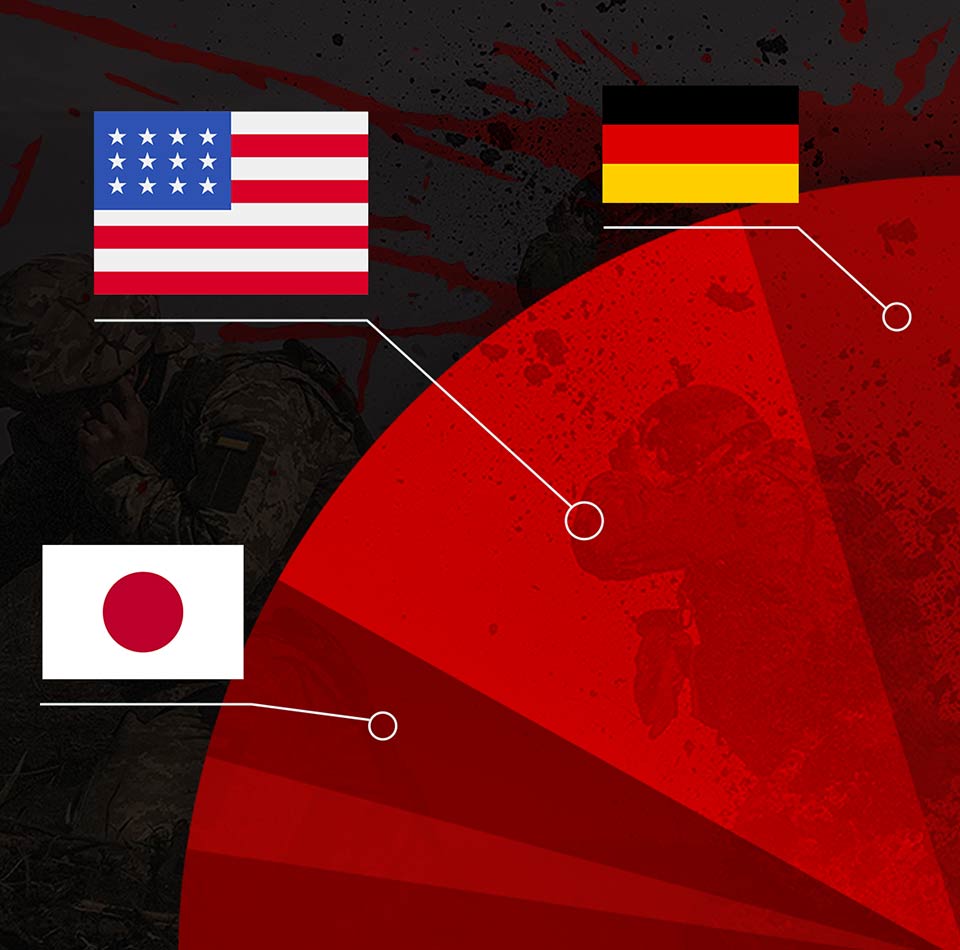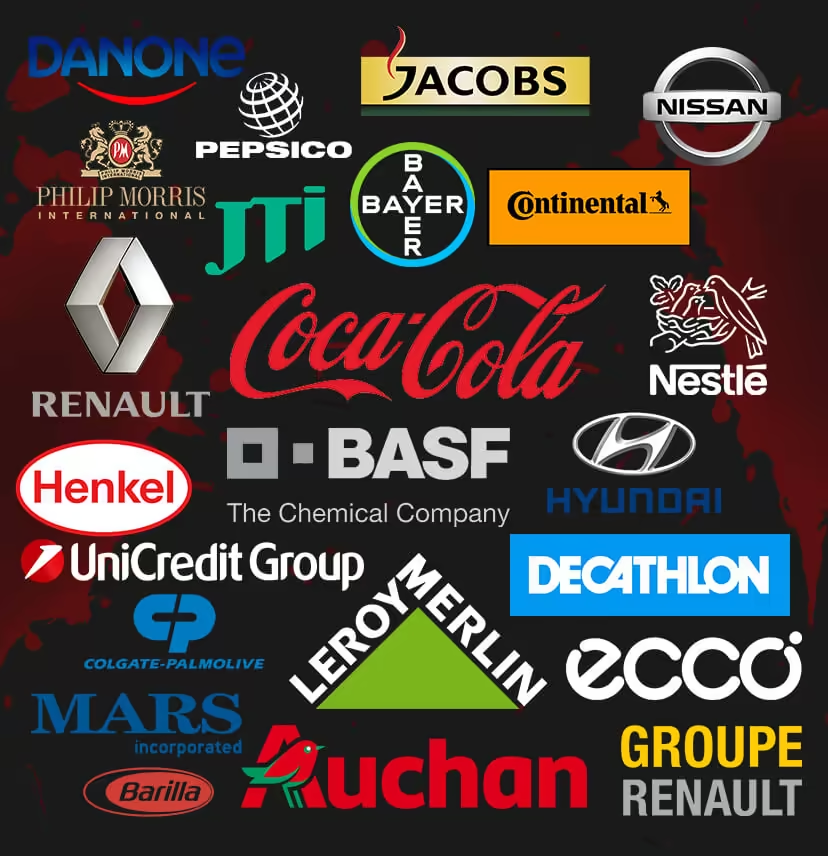Decoding of categories, Statistics by industry:
The total sum of the shares is 100%, which indicates the completeness of the data presented:
– The food industry leads by a significant margin.
– The top 5 industries account for more than two-thirds of the market.
– The distribution reflects the diversity of business sectors and allows us to assess their weight.
– The data is useful for further analysis of the impact of different industries in the context of economic sanctions or business policies.
Quantitative analysis, Statistics by industry:
Top 5 industries by share of companies:
The food industry has the largest share (21.3%), which indicates the dominance of food products in the market.
Consumer goods are the second largest share (13.7%).
Clothing is in third place (13.1%), close to consumer goods in terms of scale of presence.
Materials are in fourth place (12.3%), indicating the importance of basic materials in production.
Electronics is the fifth largest (6.9%).
Together, these five industries account for over half (67.31% of all companies).
Averages by industry share:
Cosmetics (6.2%), automotive (5.8%), hotels (4.2%), aviation (3.8%), and energy (3.0%) have a notable presence.
Small in terms of industry share (less than 2%):
Internet commerce (2.0%), hygiene (2.4%), transportation (1.1%), banking (0.6%), oil service (0.6%), tobacco (0.3%), logistics (0.3%), chemical industry (1.3%), retail trade (1.3%).
Conclusions and trends, Statistics by industry:
– The food industry dominates the market with a large share (21.3%), which may indicate a stable demand for food products and the importance of this industry for the economy.
– The high share of consumer goods and clothing indicates a significant segment of retail consumption.
– The presence of sectors such as hotels, aviation, and energy indicates the diversity of business and the importance of service infrastructure.
Why is this important:
– Sectoral breakdown helps identify key areas of economic activity and potential sectors of influence.
– Data can be used to assess investment risks and opportunities.
– For government agencies and analysts, this is information about the business structure and potential targets for sanctions or support.
– For activists and the public, it is a guideline for choosing directions for boycott or cooperation.
*If you found the answer to your question, support our volunteer project by subscribing or donating:
One-time donation to the bank
Monthly subscription
Detailed statistics
We are expanding the space where numbers and facts are transformed into real tools of influence for everyone who does not want to finance war through their purchases. Statistics are built around interactive graphs that do not just illustrate, but literally “chew” for the user: who, where, when and in what area still supports the aggressor country.
















